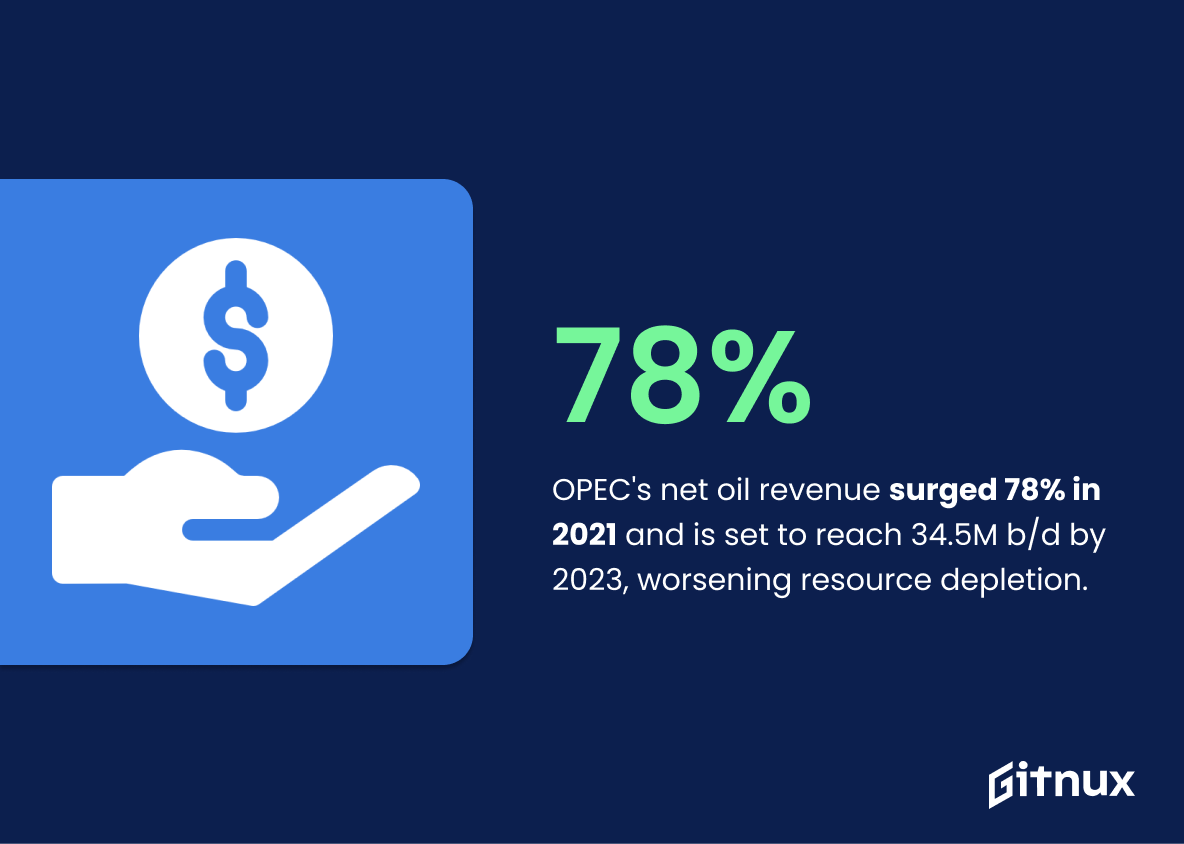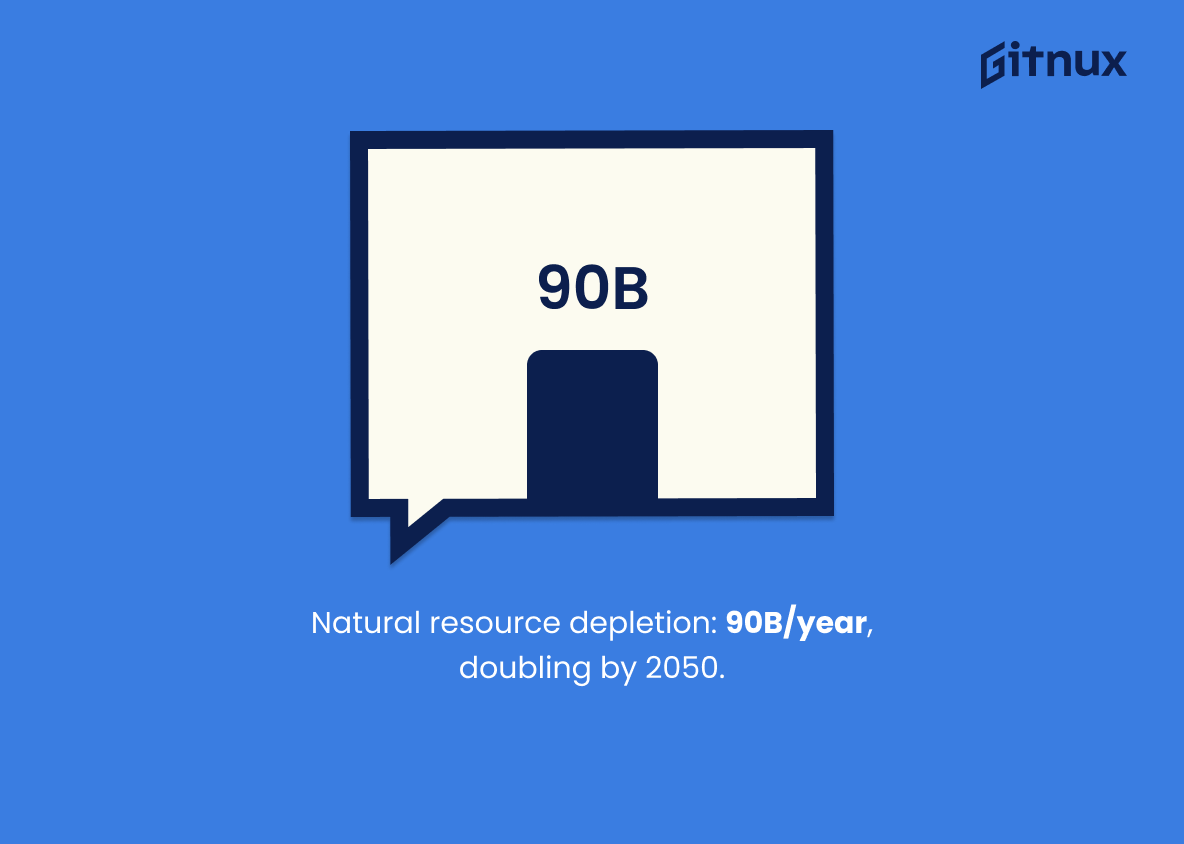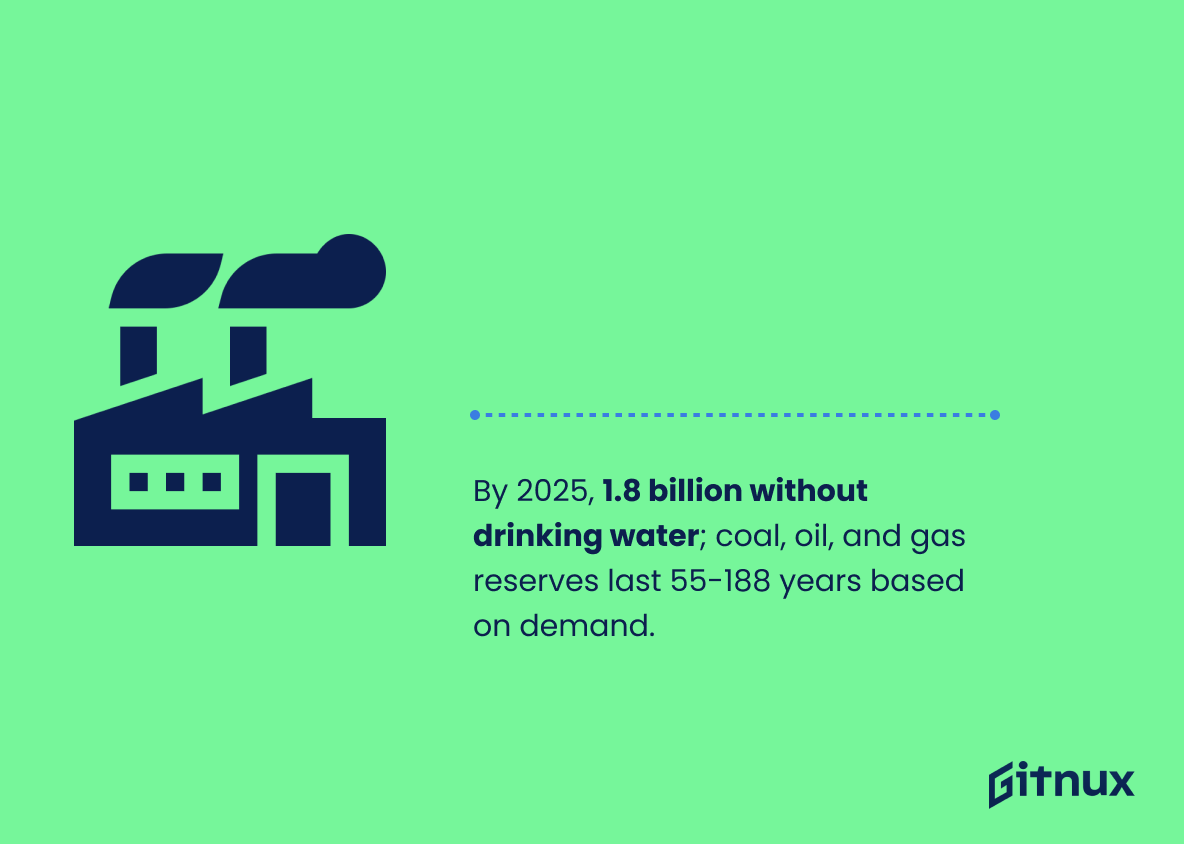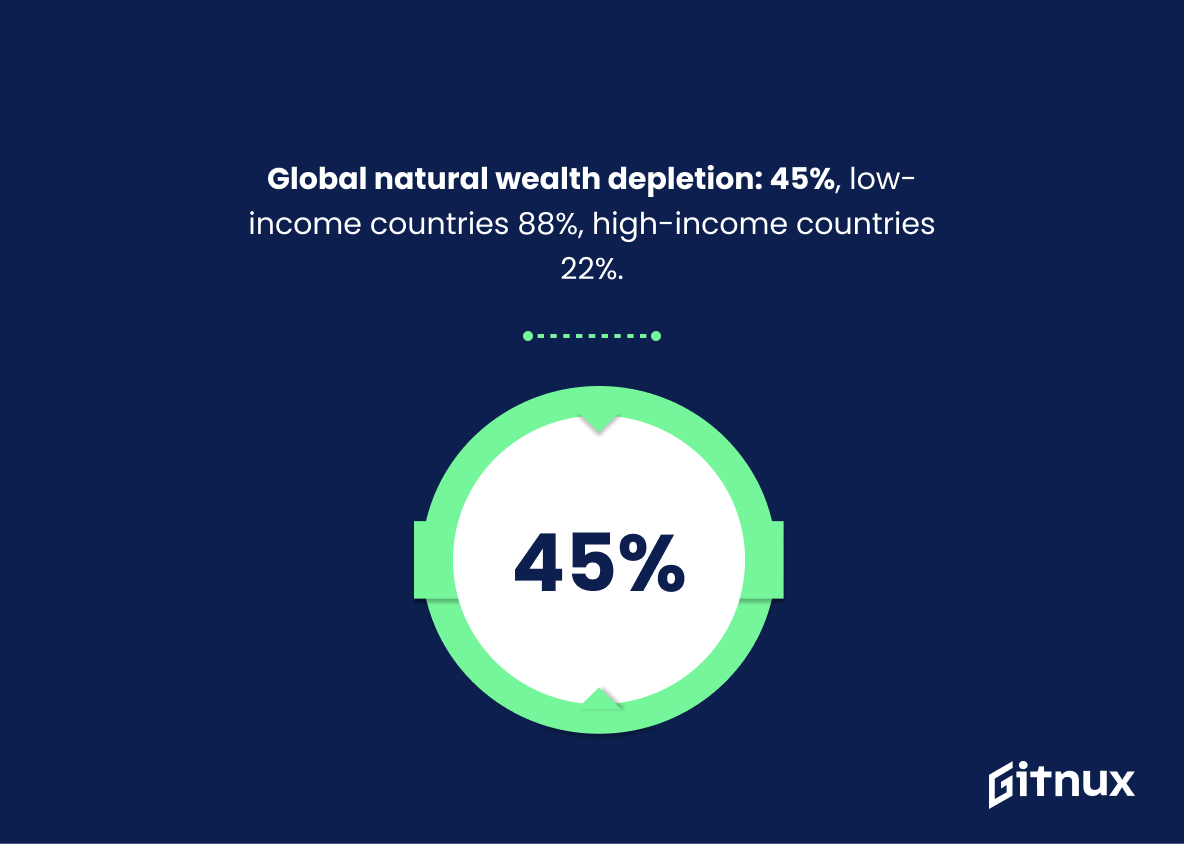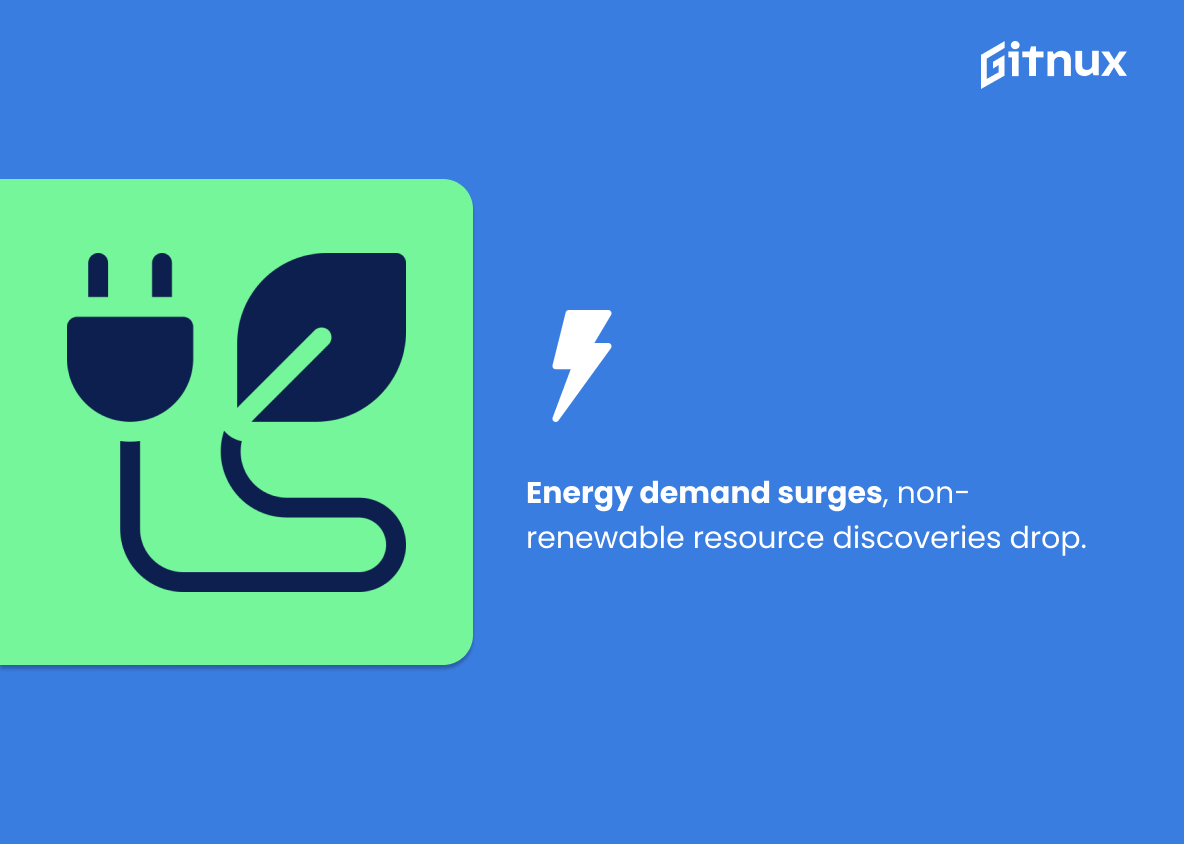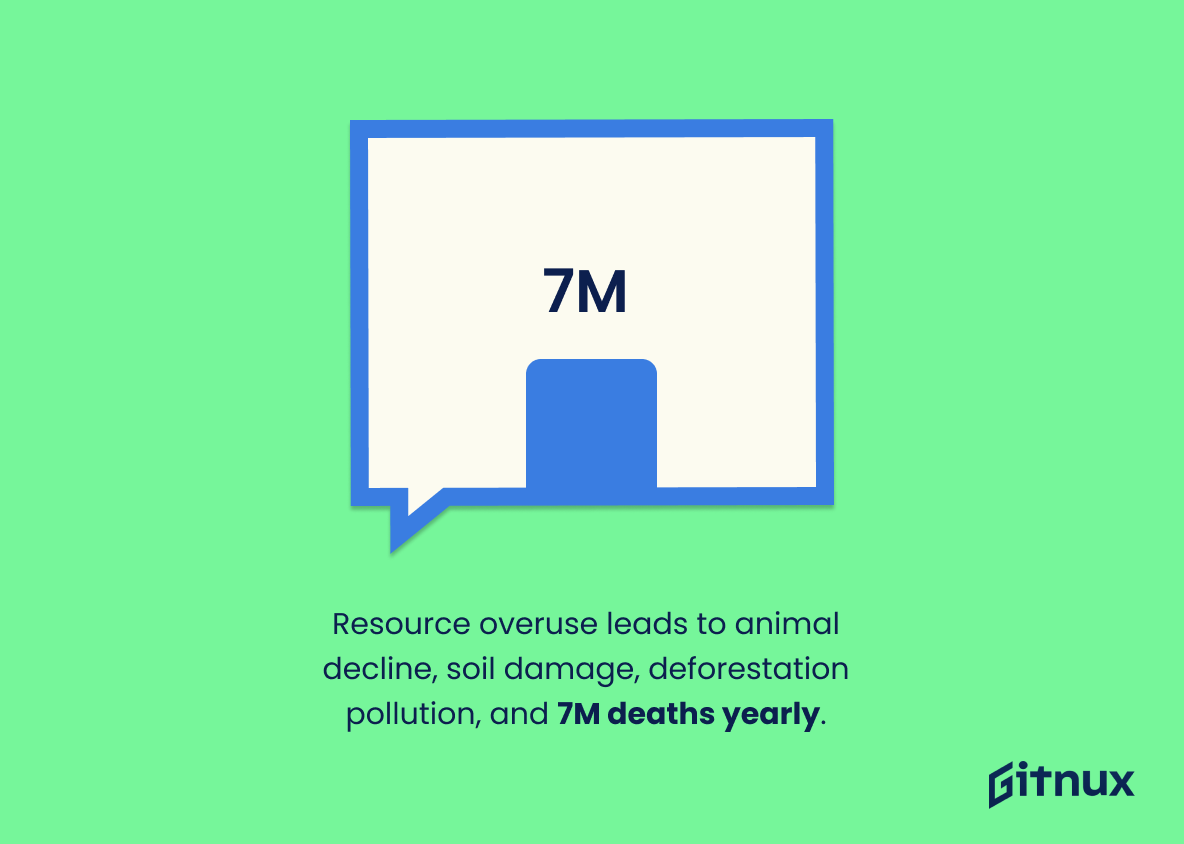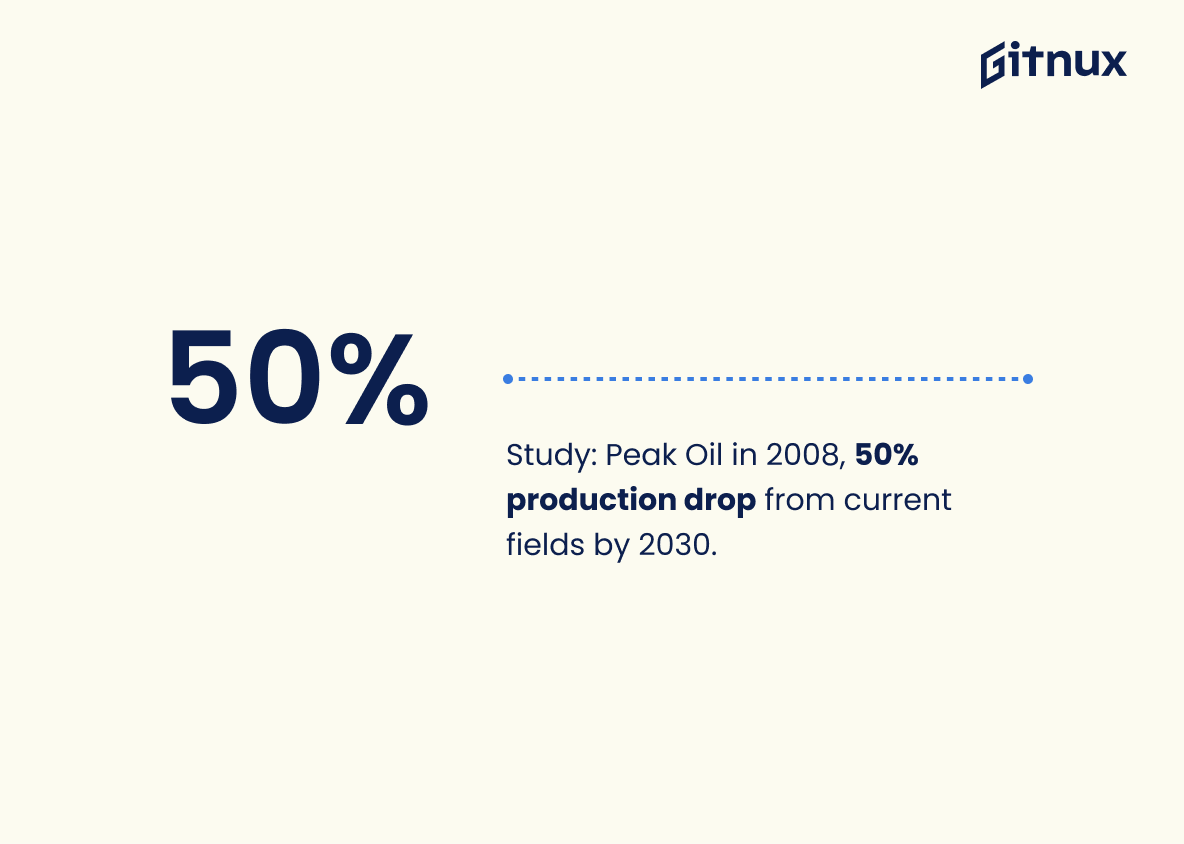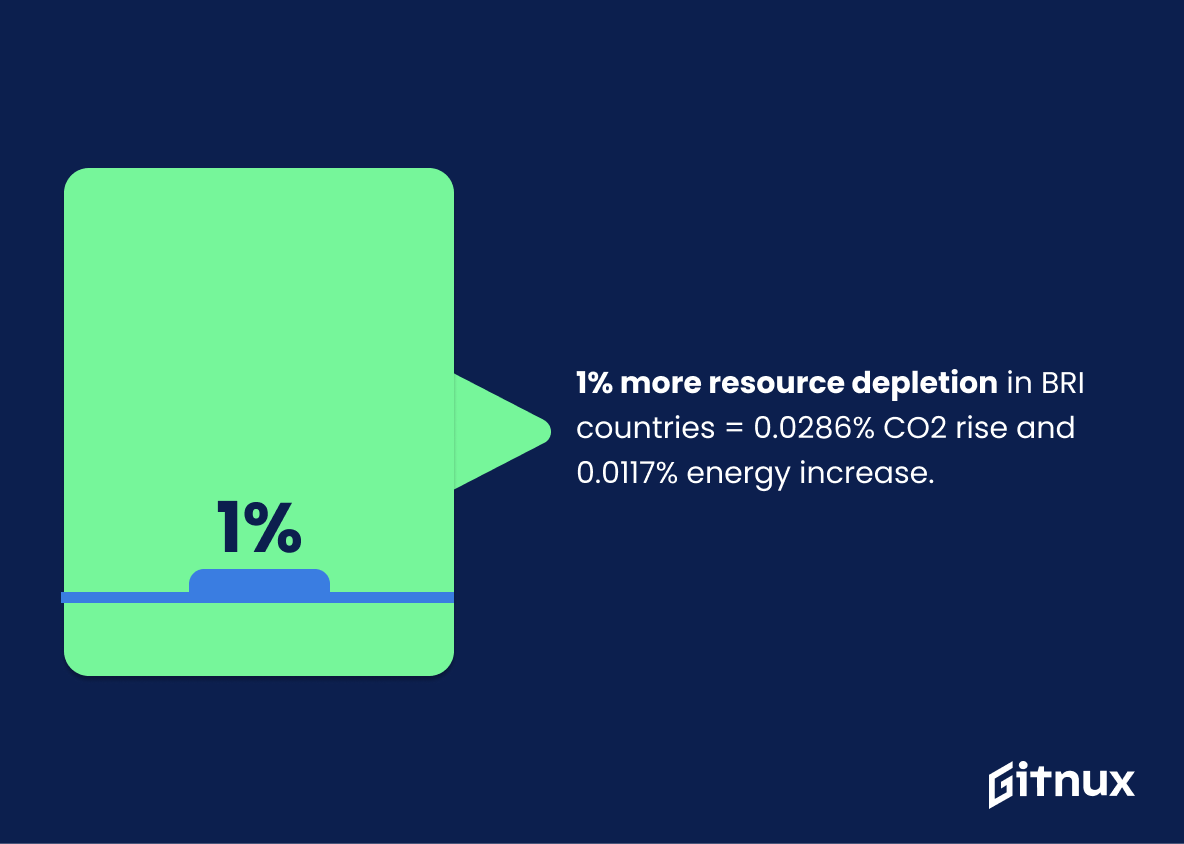Natural resources are essential for the survival of all living things, yet they are being depleted at an alarming rate. Every day, we are seeing the effects of over-exploitation and pollution on our environment. From the destruction of forests to the over-fishing of our oceans, the depletion of natural resources is a serious problem that needs to be addressed.
In this article, we will take a look at some of the most alarming depletion of natural resources statistics, and discuss what can be done to help protect our planet’s precious resources.
Depletion of Natural Resources: Important Statistics
By 2025, 1.8 billion people will have no access to drinking water, and coal, oil, and natural gas reserves are estimated to last between 55-188 years, depending on demand.
The overexploitation of natural resources is causing a 58-67% decline in the world’s animal population, the degradation of the world’s soils and an increase in air pollution due to deforestation, leading to seven million deaths each year.
Depletion of Natural Resources: Statistics Overview
OPEC’s net oil export revenue increased by 78% in 2021, and is expected to further increase to 34.5 million b/d by 2023, which contributes to natural resource depletion.
The profitability of trade with non-renewable natural resources is leading to an unsustainable rate of depletion.
Natural resources are being depleted at an alarming rate, with 90 billion natural resources being exhausted every year and a projected twofold increase by 2050.
This depletion is disproportionately distributed, with the developed world consuming 84% of energy while the developing world only consumes 16%. It highlights the need for more equitable distribution of resources, as the current system of resource consumption is not sustainable in the long run.
By 2025, 1.8 billion people will have no access to drinking water, and coal, oil, and natural gas reserves are estimated to last between 55-188 years, depending on demand.
This shows the current state of natural resources and how quickly they are being depleted. This is concerning because it means that in the near future, many people will not have access to drinking water and the resources needed to power the world will be running out.
This highlights the need for more sustainable practices and better management of natural resources.
In 2021, the deforestation rate of the Legal Amazon region in Brazil reached the highest level in 15 years, with 13,000 square kilometers destroyed, a 20 percent growth from the previous year.
This shows the alarming rate at which the Amazon is being destroyed, and how this destruction is increasing year-on-year. This highlights the urgent need for action to protect the Amazon and other natural resources from further destruction.
Global natural wealth depletion rate is 45%, with low-income countries experiencing 88% depletion and high-income countries experiencing 22% depletion.
The current GDP-based growth models are leading to an unequal depletion of natural resources, with low-income countries being the most affected. This could lead to a lack of access to resources and an overall decrease in quality of life in those countries.
Energy demand is set to increase drastically in the next 30 years, while there is a steep decrease in the discoveries of non-renewable natural resources such as oil.
This highlights the fact that global demand for natural resources is increasing, while the global supply of natural resources is decreasing.
This suggests that the world is facing a depletion of natural resources, which could have serious implications for the environment and the global economy.
The overexploitation of natural resources is causing a 58-67% decline in the world’s animal population, the degradation of the world’s soils and an increase in air pollution due to deforestation, leading to seven million deaths each year.
This highlights the devastating effects of human activities on the environment and the urgent need to take action to protect our planet and its inhabitants.
The study suggests that Peak Oil arrived in 2008 and that by 2030 the production from fields currently on stream could have decreased by over 50%.
This highlights the disproportionate effect consumerism by the wealthy has on natural resource depletion and global warming.
Results show that a 1% increase in natural resource depletion in BRI countries leads to a 0.0286% increase in CO2 emissions and 0.0117% increase in energy use.
This highlights the direct correlation between natural resource depletion and CO2 emissions, which contribute to global warming.
The study also suggests that extractive industries are responsible for a large portion of global CO2 emissions and biodiversity loss, which further emphasizes the need to reduce natural resource depletion in order to mitigate the effects of climate change.
With the right resource efficiency and sustainable consumption and production policies in place, global resource use can slow by 25%, global gross domestic product could grow by 8%, and greenhouse gas emissions could be cut by 90% by 2060.
This highlights the potential for reducing global resource use, increasing global GDP, and cutting greenhouse gas emissions if the right policies are put in place.
This is important in the context of depletion of natural resources statistics because it shows that with the right policies, we can reduce the rate of resource depletion and help to mitigate the effects of climate change.
Conclusion
In conclusion, the depletion of natural resources is a serious issue that needs to be addressed. The statistics presented in this blog post show that the situation is dire and that immediate action needs to be taken to ensure that our natural resources are not depleted beyond repair.
We must all take responsibility for our actions and strive to reduce our consumption of natural resources, and to use them in a sustainable manner. Only then can we ensure that our natural resources remain available for future generations.
References
1 – https://www.eia.gov/international/content/analysis/special_topics/OPEC_Revenues_Fact_Sheet/opec.pdf
2 – https://www.earthreminder.com/natural-resources-depletion-causes-and-effects/
3 – https://infinitylearn.com/surge/english/environmental/natural-resources-depletion/#:~:text=The%20major%20causes%20of%20resource,more%20and%20waste%20even%20more.
4 – https://www.statista.com/statistics/940696/brazil-amazon-deforestation-rate-area/
5 – https://www.downtoearth.org.in/news/cost-of-growth-global-natural-resources-depleting-by-45-a-year-44836
6 – https://www.dni.gov/files/documents/NICR%202013-05%20US%20Nat%20Resources%202020,%202030%202040.pdf
7 – https://www.iberdrola.com/sustainability/overexploitation-of-natural-resources
8 – http://www.lrrd.org/lrrd22/2/leng.htm
9 – https://www.sciencedirect.com/science/article/abs/pii/S0360544220305168
10 – https://www.unep.org/news-and-stories/story/were-gobbling-earths-resources-unsustainable-rate
